The Arctic needs an Emission Control Area — and it needs one now
The shipping industry transports goods around the world — but that’s not all it brings.
Eighty-six per cent of international ships burn Heavy Fuel Oil (HFO), the residual product left over from the fuel refining process which costs less than other fuels but produces more sulphur oxides (SOx), nitrogen oxides (NOx) and particulate matter (PM).
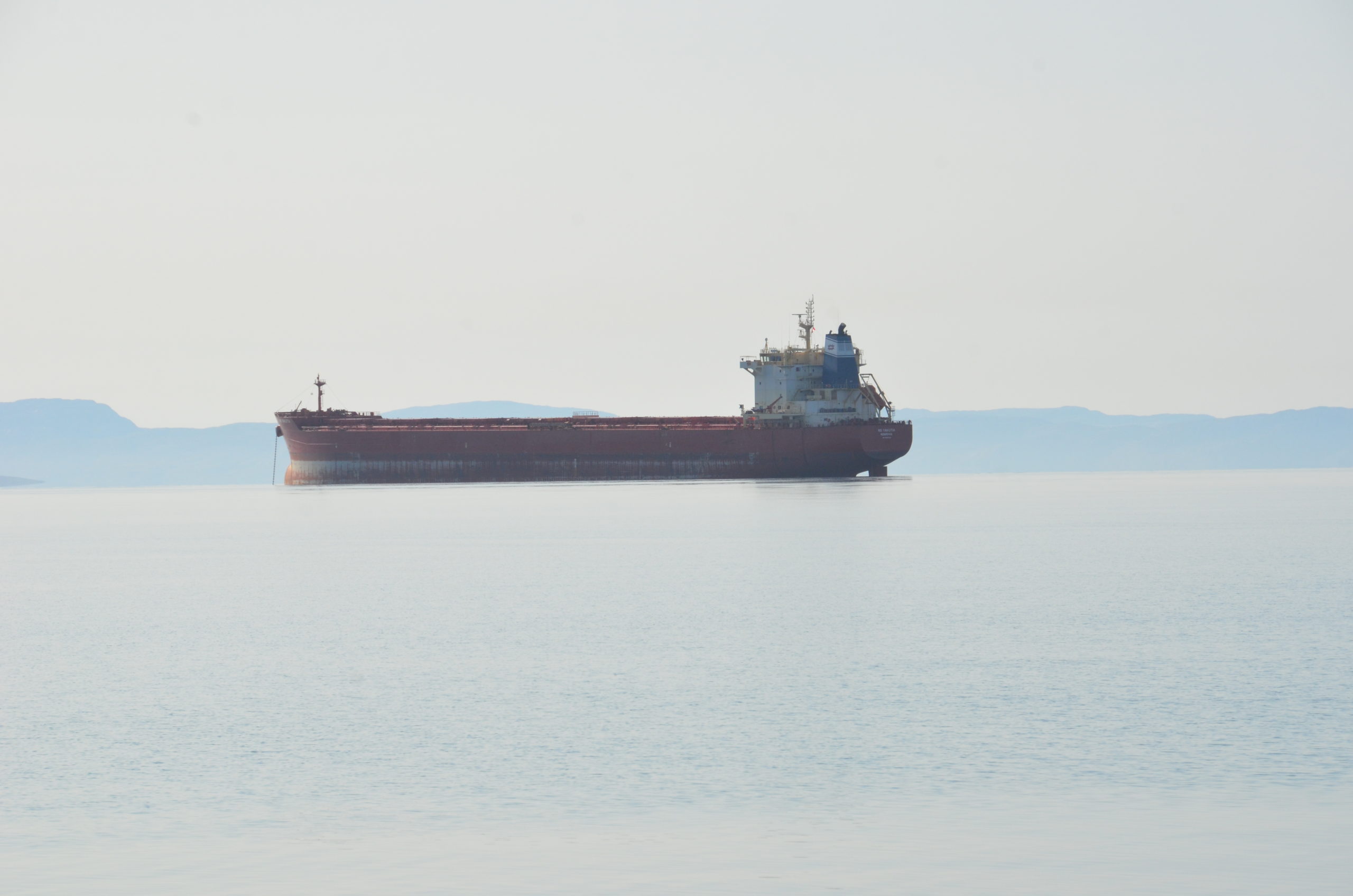
These pollutants collectively contribute to acid rain (precipitation with high levels of sulfuric or nitric acid), nutrient overloading (an overabundance of nutrients like nitrogen and phosphorus in the water that lead to lower oxygen levels) and sea ice loss while also being linked to lung cancer, cardiopulmonary disease, chronic respiratory ailments and premature mortality.
One way the International Maritime Organization (IMO) — the UN agency responsible for the prevention of marine pollution by ships — can mitigate these environmental impacts is by establishing Emission Control Areas (ECAs) that enforce strict emissions-reduction measures.
Canada and the U.S. did just that in 2010 to designate a North American Emission Control Area (NAECA) — except that it doesn’t extend north of the 60th parallel. That means the NAECA regulates these harmful emissions on the east and west coasts of Canada while leaving the Arctic unprotected even as climate change increases ship traffic in the region.
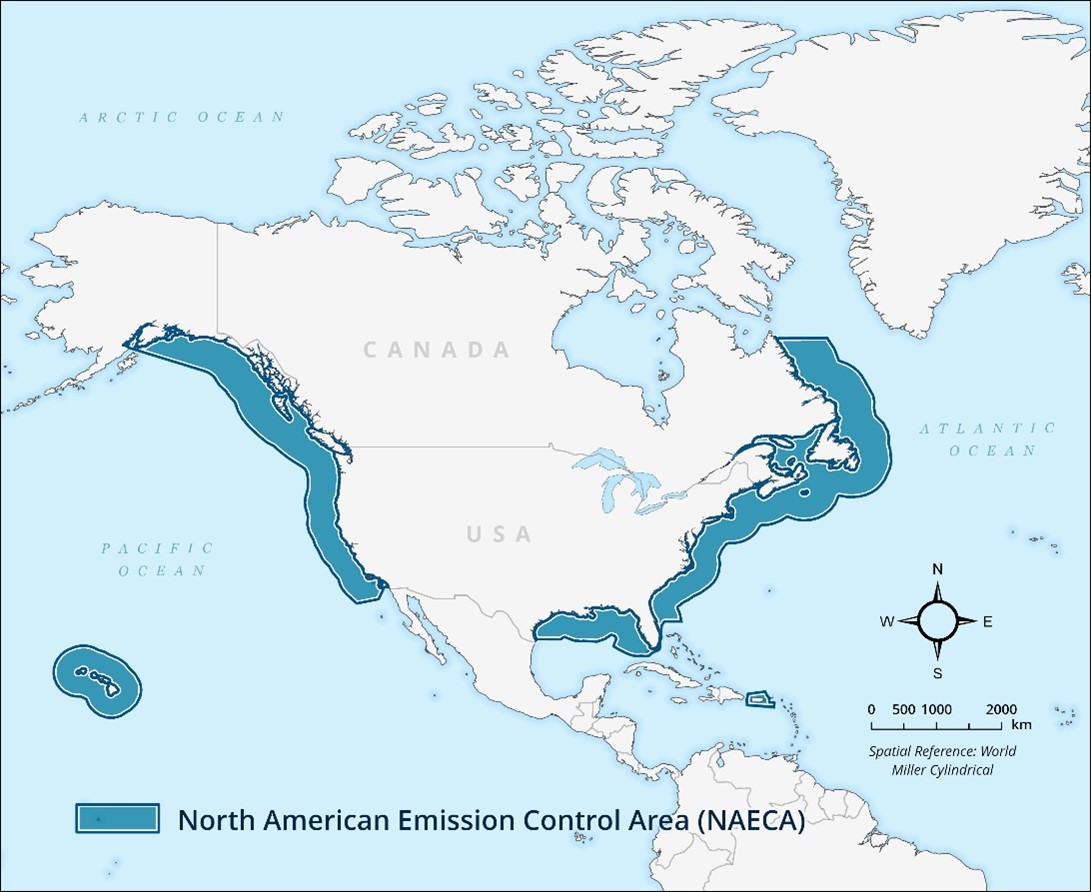
One of the benefits of ECAs over national regulations is that they extend as far as 200 nautical miles from shore, encompassing the entire Exclusive Economic Zone of a country, rather than being typically limited to domestic vessels and foreign ships operating within 12 nautical miles of the coast.
Within the NAECA, ships must either burn fuel with a 0.1 per cent sulphur content or achieve emissions equivalent to a 0.1 per cent fuel through other means, such as by using scrubbers. This strict restriction in sulfur content aims to reduce PM and SOx emissions by more than 85 per cent relative to pre-implementation levels.
In a joint submission to the IMO in 2009, the United States and Canada presented an analysis of health benefits which concluded that the NAECA would save as many as 8,300 lives and that “over three million people [would] experience relief from acute respiratory symptoms each year.”
Canada’s east and west coasts are now better protected from these harmful emissions but the same can’t be said for the Arctic, where the lack of an ECA has left the fuel sulfur limit 5 times higher. In addition to being a glaring gap in social equality, there are significant environmental implications to not having stronger emission controls in the Arctic.
Black carbon, or soot, is a component of fine PM emitted by ships which accelerates melting when it settles on snow and ice. With Arctic shipping traffic growing in response to the increasingly long ice-free season, it is imperative that mandatory measures are put in place now to mitigate further loss of the sea ice that both northerners and wildlife depend on.
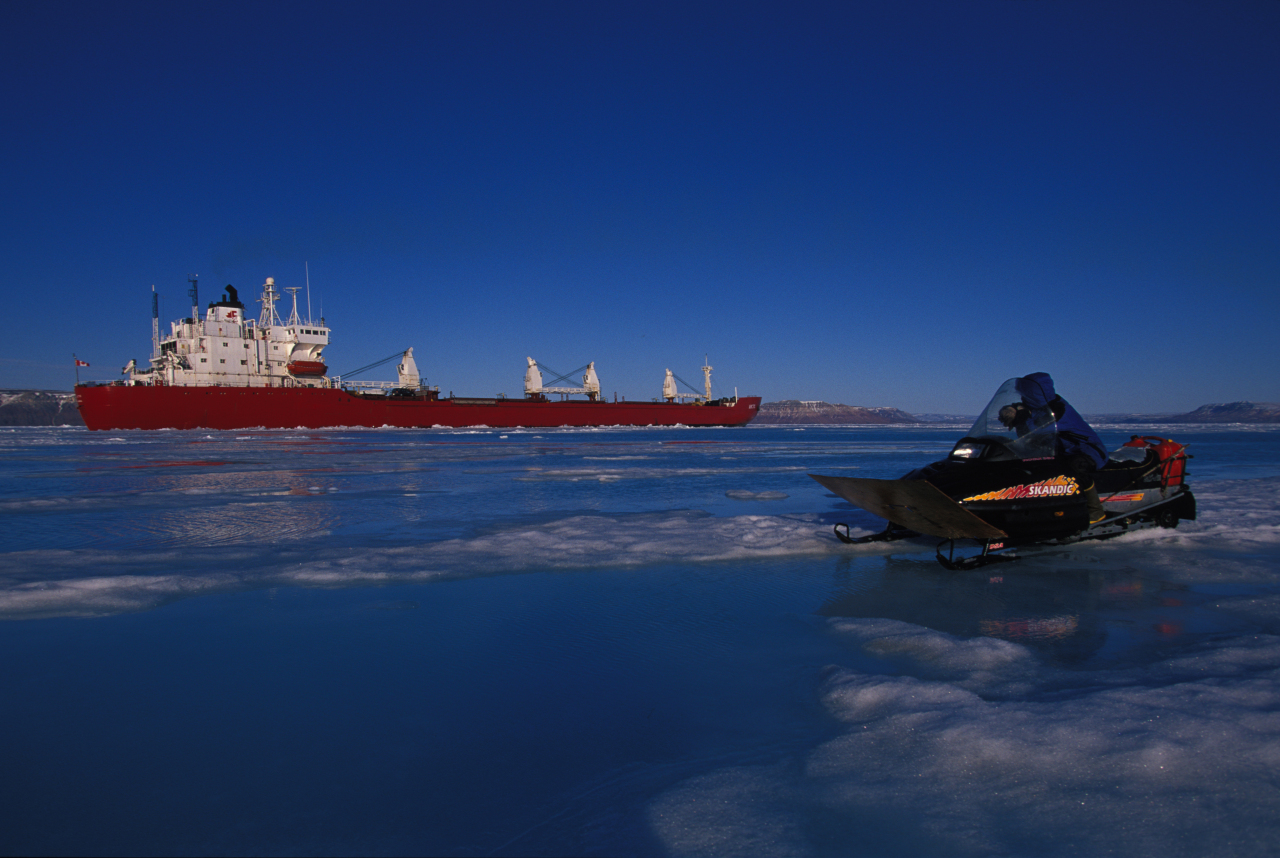
While this may sound like an easy fix— just implement an Arctic ECA, right? Unfortunately, ECAs aren’t a perfect tool. Globally, thousands of ships already avoid using cleaner fuels in ECAs by using scrubbers, which turn air pollution into water pollution and result in a larger environmental load of contaminants compared to burning traditional distillate fuels, which are a liquid fuel refined from crude petroleum that is cleaner than the residual HFO, like marine gas oil (MGO). Ships can also comply with ECA requirements by using ultra-low sulfur fuel oil, a type of HFO specifically designed for ECA compliance that is both more toxic and persistent in the environment than distillates.
And although the Arctic HFO ban comes into effect in 2024, it will be implemented through the International Convention for the Prevention of Pollution from Ships (MARPOL Annex 1), which focuses on the reduction of oil spills and not necessarily on improving air quality, meaning that emission standards will not be simultaneously enhanced.
Additionally, waivers and exemptions mean that as much as 40 per cent of HFO carried by ships could be exempted until 2029. And then, who knows? There’s also a risk that suppliers will engineer HFO derivatives to avoid meeting the viscosity and density criteria to be considered HFO while creating many of the same pollution problems.
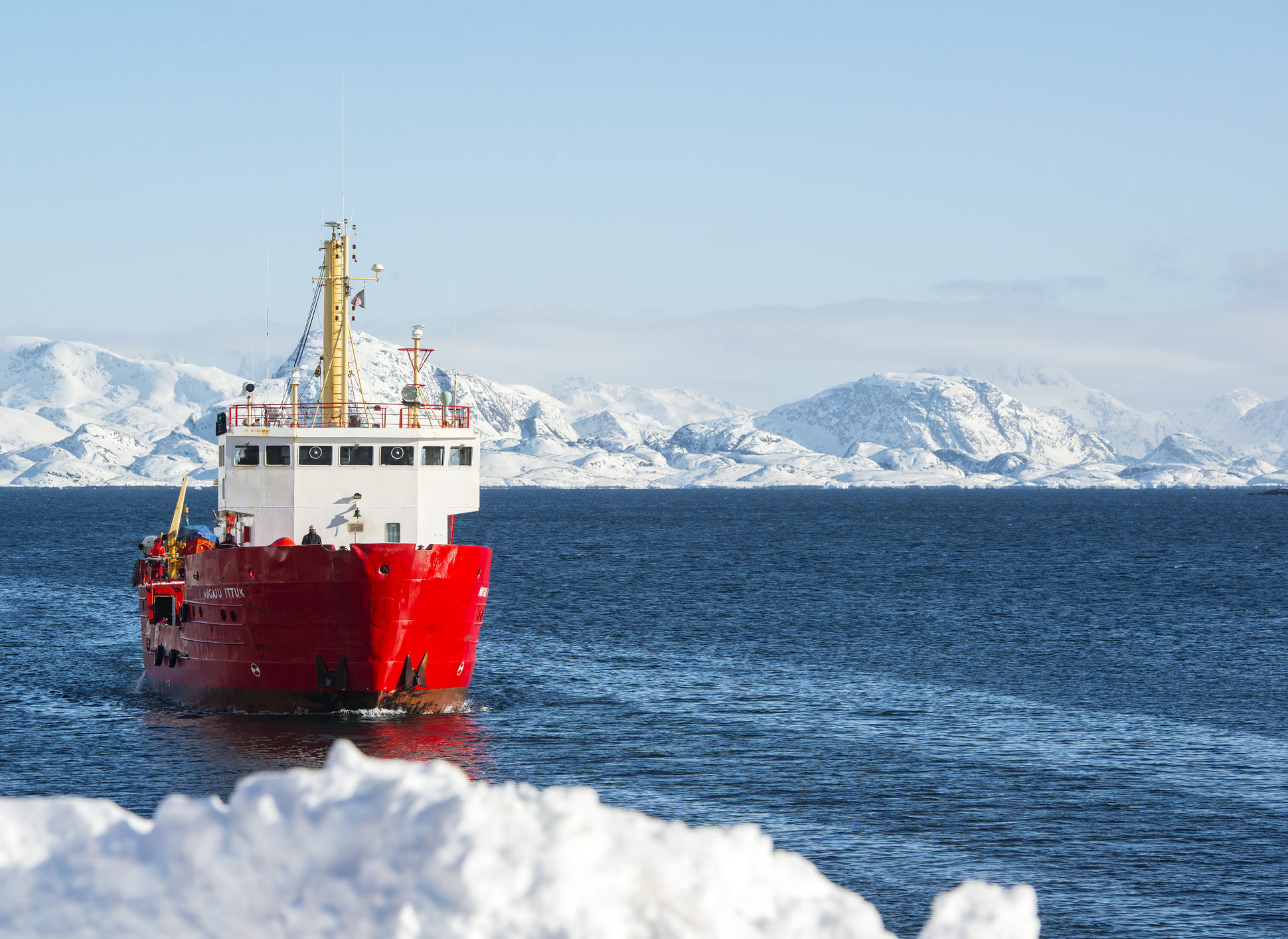
To have the greatest impact in mitigating the shipping industry’s environmental footprint, an Arctic ECA should be paired with a scrubber ban and a mandatory switch to distillates or climate-friendly alternative fuels, such as green hydrogen. A switch to distillate fuels, like a 0.1% sulphur MGO, in the Arctic could “reduce black carbon emissions by 80 per cent”.
Canada could achieve this is by submitting a proposal to the IMO for an ECA in the Canadian Arctic while simultaneously adopting a policy of not providing waivers to domestic vessels for the use and carriage of HFO in the Arctic post-2024 and by introducing a domestic scrubber ban, something that could be achieved using legislative tools that already exist under the Arctic Waters Pollution Prevention Act. This should be paired with action at the IMO to support a mandatory switch to distillate or clean alternative fuels in the global Arctic as well as a global scrubber ban.
To ensure an equitable transition, it’s imperative that any cost increase incurred to ship owners from switching to distillate fuels or investing in cleaner technology not be passed down to northern communities.
The Government of Canada should provide funding to cover any increased cost of goods and services to northern communities between when an ECA comes into effect and when the HFO ban is finalized in 2029 and beyond (though an ECA should not create any additional cost increases past the point of an HFO ban implementation).
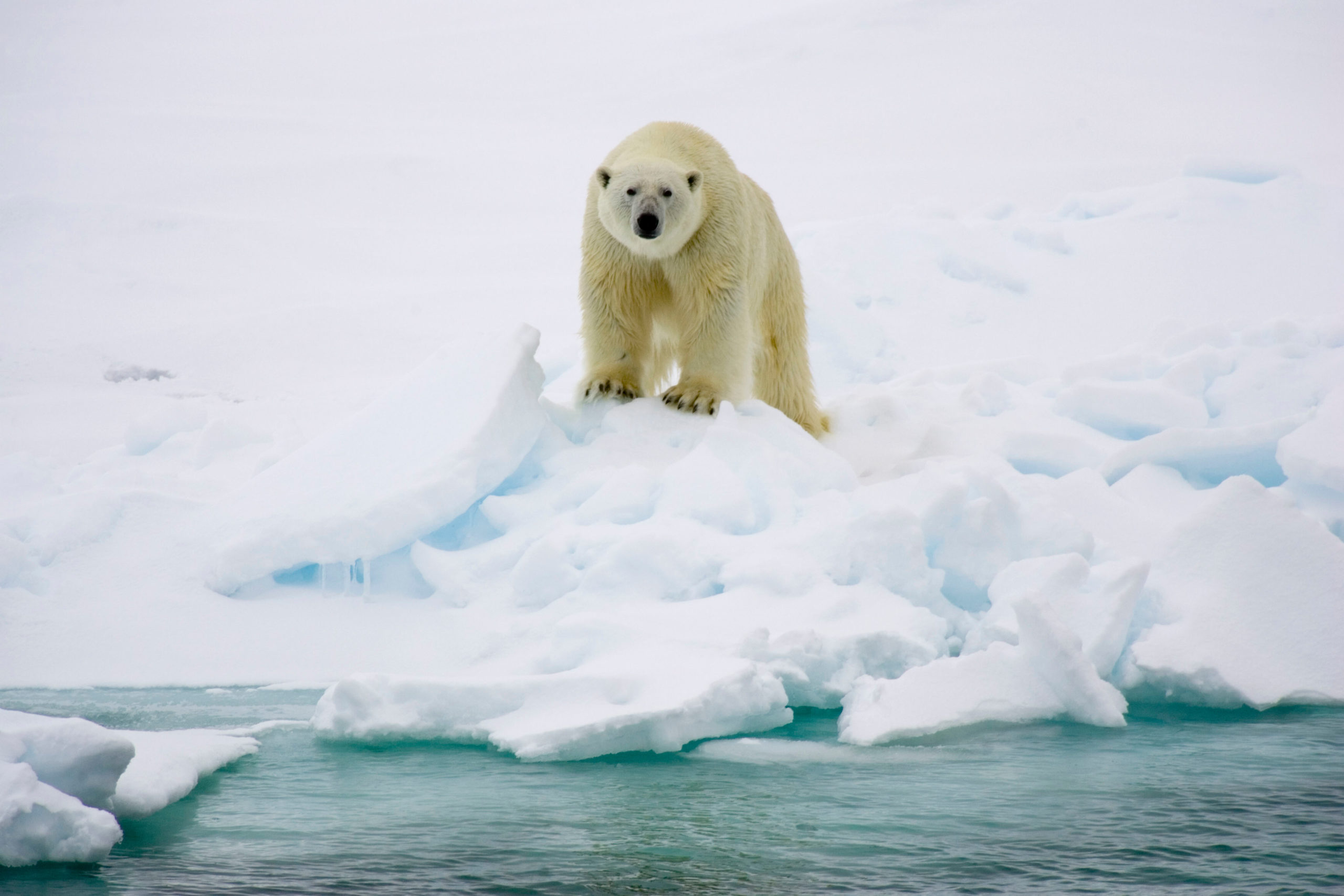
In a recent submission to the IMO’s Black Carbon Correspondence Group, the Inuit Circumpolar Council has supported the establishment of ECAs in the Arctic, among other tools to protect their homelands and vulnerable Arctic species such as caribou, narwhal, and polar bears.
Canada needs an Arctic ECA to ensure northerners and Arctic wildlife receive the same protections as their east and west coast counterparts. And to prevent this ECA from being undermined, Canada needs to pair it with a scrubber ban and an official commitment to not provide HFO waivers.
This would be a big step towards equitable environmental protections for all.
